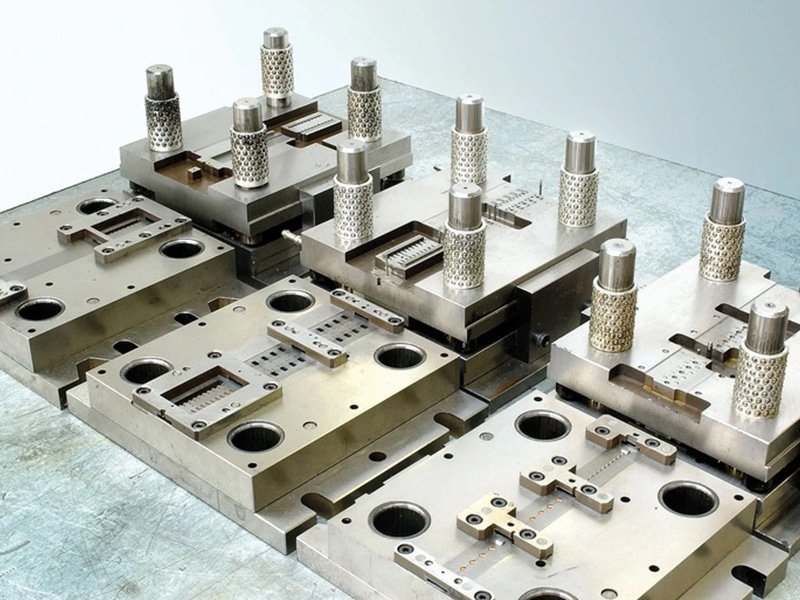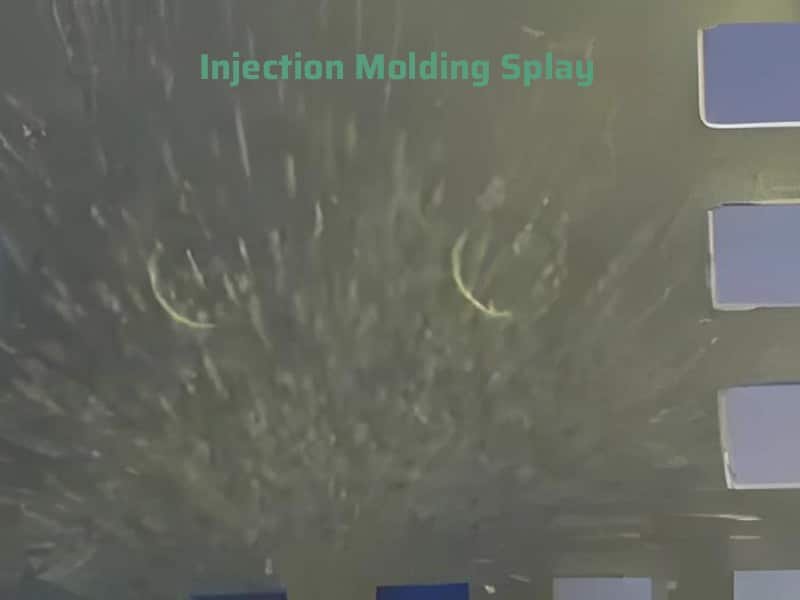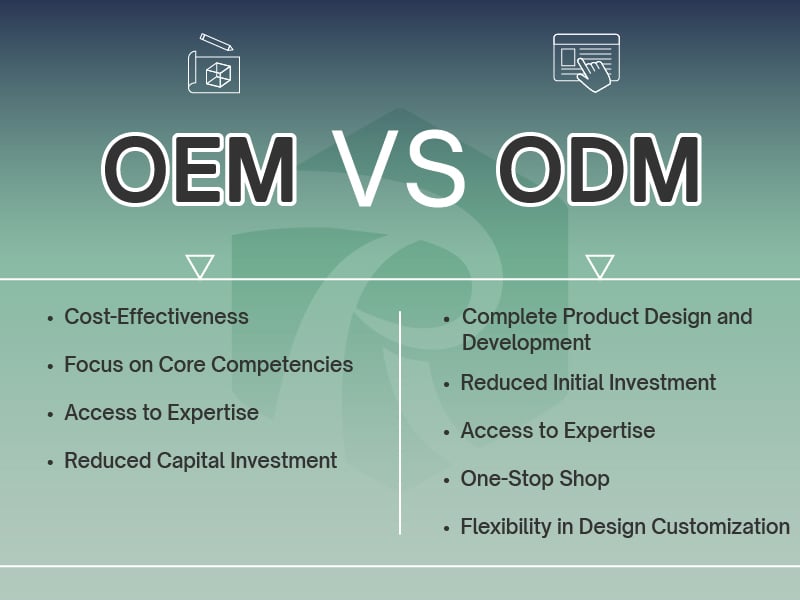The plastic melting point plays a critical role in injection molding, directly impacting material flow, mold filling, and final part integrity. Each plastic has a specific melting temperature range that must be precisely controlled to ensure optimal processing conditions.
The melting temperature of plastic determines its viscosity, crystallinity, and overall processability. Higher temperatures generally reduce viscosity, allowing easier mold filling, but excessive heat can cause polymer breakdown, leading to brittleness and discoloration, also affecting mechanical properties and surface finish. Thermal stability varies between amorphous and semi-crystalline plastics, influencing shrinkage, warpage, and dimensional accuracy. Understanding the plastic material melting temperature is essential for ensuring optimal flow, mold filling, and high-quality finished parts in injection molding.
Factors Influencing Plastic Melting Points
The melting temperature of plastics is influenced by various factors such as polymer structure, molecular weight, additives, and processing conditions, all of which play a key role in achieving optimal molding results.
- Polymer Structure and Composition: Amorphous plastics soften gradually, while semi-crystalline plastics have a sharp melting point, influenced by intermolecular forces like hydrogen bonding.
- Molecular Weight and Crystallinity: Higher molecular weight results in a higher melting point, and semi-crystalline plastics require higher temperatures due to tightly packed molecular structures.
- Additives and Fillers: Additives and fillers like flame retardants and glass fibers can alter melting behavior, either enhancing thermal resistance or modifying flow properties.
- Processing Conditions: Shear heating, residence time, and mold temperature affect melting, and improper heat control can cause degradation, impacting part quality.
Plastic Material Melt Temperature and Mold Temperature
Melt temperature and mold temperature are crucial in injection molding, affecting the flow, solidification, and final properties of the plastic part. The melt temperature is the temperature of the polymer as it passes through the nozzle into the mold. The mold temperature is the temperature of the mold surface.
Here’s how these temperatures work together.
- Calculating the ideal melt and mold temperatures is pivotal to achieving optimal part performance.
- For most resins, the melt is lower than the mold temperature, which acts together to streamline the cycle time, reduce costs, and generate a sturdy and reliable product.
- If these two elements are not working in conjunction, it can lead to resin degradation, increased energy consumption, and prolonged cooling times.
- Optimal performance is generally achieved by combining a lower melt temperature with a higher mold temperature

Additional Considerations
- The mechanical work imparted to the material, the residence time, and the condition of the screw and barrel all play a significant role in determining the actual melt temperature.
- Maintaining consistent temperature throughout the production process is crucial for the melting, flow performance, and solidification of the plastic.
- The lower the barrel’s percentage usage, the higher the residence time.
- Every plastic material will degrade when held beyond a certain time at a given melt temperature
Common Plastic Melting Temperature Chart
Understanding what temp does plastic melt is crucial when selecting the right material for your application. Knowing the melting temperature ranges of different plastics ensures the best choice for performance and reliability. Below is a quick overview of common plastics categorized by their typical melting temperature ranges, helping you grasp the general temperature characteristics for various materials:
- Low-Temperature Plastics: Polyethylene (PE), Polypropylene (PP), Polystyrene (PS)
- Medium-Temperature Plastics: Acrylonitrile Butadiene Styrene (ABS), Polycarbonate (PC), Nylon (PA)
- High-Temperature Plastics: Polyetheretherketone (PEEK), Polyphenylene Sulfide (PPS), Polyimide (PI)
Click and find out the top 5 heat-resistant plastic materials.

Following is a table with a wider range of plastics and their melt and mold temperatures, but remember these are general guidelines. Always consult experienced injetion molding expert for the most accurate and up-to-date information. Variations in polymer grades, fillers, and processing conditions can significantly affect these temperatures.
| Plastic Type | Melt Temperature (°C) | Mold Temperature (°C) | Notes |
|---|---|---|---|
| ABS (Acrylonitrile Butadiene Styrene) | 200-260 | 40-80 | Good balance of properties, easy to process |
| Acrylic (PMMA) | 220-280 | 60-90 | Excellent clarity, good weather resistance |
| ASA (Acrylonitrile Styrene Acrylate) | 220-280 | 50-80 | Similar to ABS, better UV resistance |
| Cellulosics | 180-220 | 40-60 | Biodegradable, good toughness |
| HDPE (High-Density Polyethylene) | 180-280 | 20-50 | Stiff, strong, used in bottles and containers |
| LDPE (Low-Density Polyethylene) | 160-260 | 20-40 | Flexible, used in films and bags |
| Nylon 6 | 230-280 | 60-90 | Good strength and abrasion resistance |
| Nylon 6/6 | 250-300 | 80-120 | Higher strength and heat resistance than Nylon 6 |
| PC (Polycarbonate) | 280-320 | 80-120 | High impact resistance, used in electronics and automotive |
| PEI (Polyetherimide) | 340-380 | 120-160 | High-performance, high-temperature resistance |
| PET (Polyethylene Terephthalate) | 260-300 | 80-120 | Used in bottles and fibers |
| PEEK (Polyetheretherketone) | 340-400 | 140-180 | High-performance, high-temperature resistance, chemical resistant |
| PPS (Polyphenylene Sulfide) | 300-350 | 100-140 | High-performance, high-temperature resistance, chemical resistant |
| PP (Polypropylene) | 180-280 | 20-60 | Versatile, used in packaging and automotive |
| PS (Polystyrene) | 180-260 | 20-50 | Brittle, used in disposable products |
| PVC (Polyvinyl Chloride) | 160-220 | 20-50 | Rigid or flexible, used in pipes and films |
| TPE (Thermoplastic Elastomer) | Varies greatly | Varies greatly | Flexible, rubber-like properties, wide range of applications |
| TPU (Thermoplastic Polyurethane) | 200-250 | 40-60 | Abrasion resistant, flexible, used in footwear and automotive |
Please note: Material Datasheets are the most reliable source. They provide specific recommendations for melt and mold temperatures, as well as other critical processing parameters.
How to Choose the Right Plastic Based on Melting Temperature
Selecting the right plastic for injection molding requires careful consideration of the plastic melting point, mechanical properties, and application-specific demands. A well-matched material ensures optimal performance, cost efficiency, and long-term durability.
Matching Material Properties to Application Requirements
Every application has unique performance criteria, such as mechanical strength, flexibility, chemical resistance, and thermal stability.
- High-heat environments – For components exposed to continuous high temperatures, PEEK, PPS, or PI are excellent choices due to their exceptional thermal stability.
- Structural integrity and impact resistance – Materials like ABS, PC, or Nylon provide strength and toughness for load-bearing parts.
- Chemical exposure resistance – PP and PPS offer strong resistance to corrosive chemicals, making them suitable for industrial and automotive applications.
- Transparency requirements – PC and some grades of PE are ideal for optical and transparent applications.
Balancing Performance and Cost
Higher-performance plastics often come at a premium price. Choosing the right material involves finding a balance between performance needs and cost-effectiveness.
- Commodity plastics (PE, PP, PS) – Affordable and easy to process, suitable for disposable and consumer applications.
- Engineering plastics (ABS, PC, Nylon) – Provide better mechanical properties at a moderate cost.
- High-performance plastics (PEEK, PPS, PI) – Ideal for demanding environments but require specialized processing and higher investment.
Evaluating Long-Term Heat Resistance Needs
Applications requiring prolonged exposure to heat need plastics with a high plastic melting temperature and good thermal aging resistance.
- Short-term heat resistance – Materials like ABS and Nylon can handle moderate temperatures but may degrade over time.
- Prolonged high-temperature exposure – PEEK, PPS, and PI maintain structural integrity even under extreme heat.
- Thermal cycling tolerance – PC and Nylon are well-suited for environments with fluctuating temperatures, preventing thermal fatigue.
Key Takeaways for Injection Molding Applications
Understanding the plastic melting point is crucial for selecting the right material in injection molding, ensuring optimal performance and durability. By aligning material properties with application needs, you can enhance product efficiency while maintaining cost-effectiveness. For high-heat applications, choosing materials with excellent thermal stability helps prevent degradation and extends lifespan. Proper material selection is key to a successful molding process and reliable final products.
If you’re looking for expert guidance in plastic material selection or injection molding services, Erye Plastic Manufacturing is here to assist. Feel free to reach out and request a quote for your next project.







